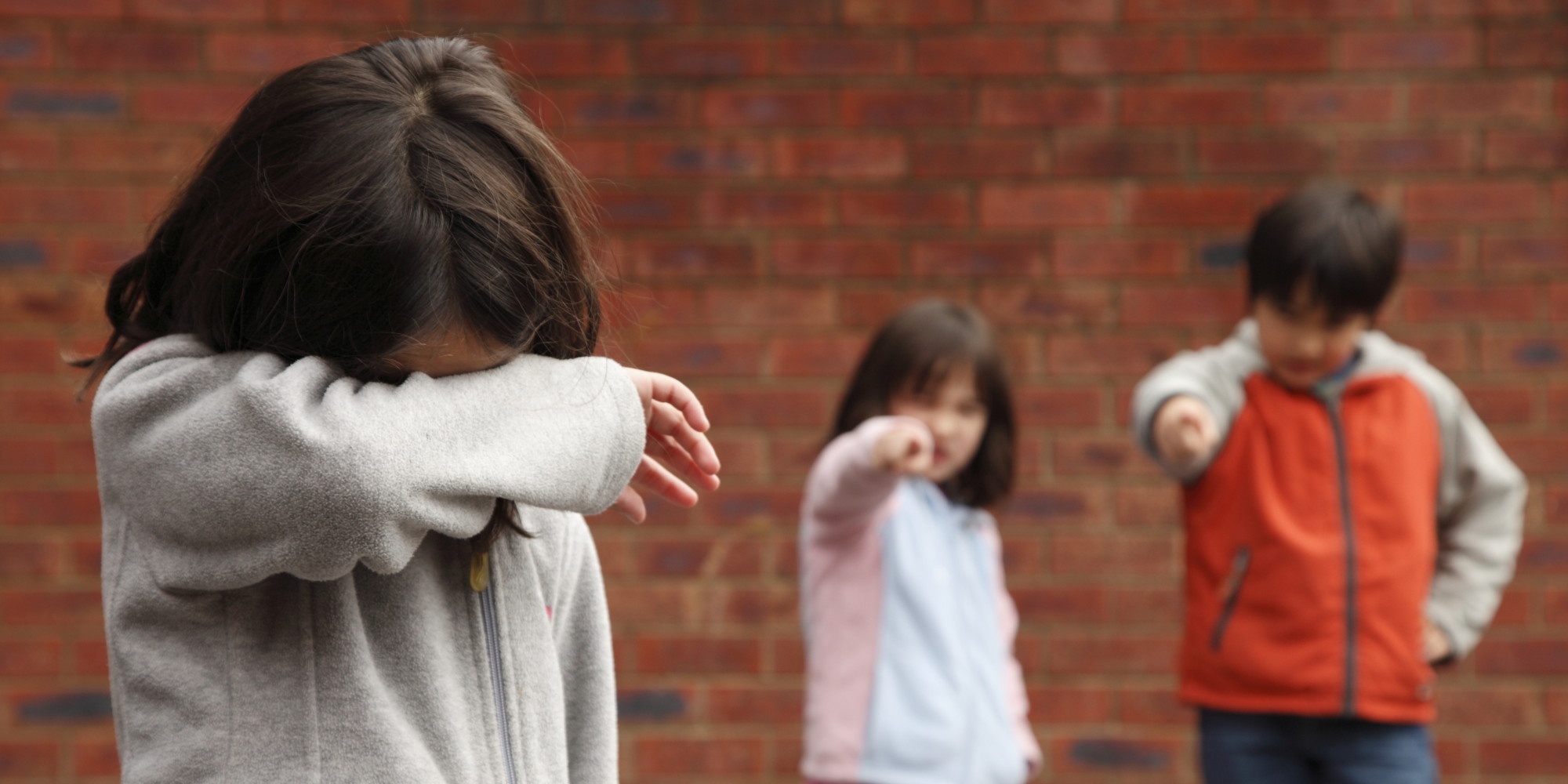
Phrase removed: Bullied for dating a girl different culture
| Local dating sites in nigeria | Mens dating apps |
| Marriag enot dating | Finding great looking guys on dating site |
| Adult discrete dating | Free pittsburgh pickup dating site |
| Dating app most responses | Old usa free dating sites |
| Dating app come find me | Am i dating an old conceited guy |
Bullied for dating a girl different culture - found
Gender Is Key to the Bullying Culture
To reduce bullying and its deadly consequences, argues Jessie Klein, author of the “Bully Society,” schools must make the gender connection.
In recent weeks, two events—T.J. Lane’s Ohio school shooting and the trial that follows Tyler Clementi’s cyber-bullying-related suicide—once again highlight the role sexuality often plays in acts of youthful despair. To prevent such tragedies, schools need to be aware that gender is central to our country’s school bullying cultures.
Since 1979, there have been at least 191 school shootings across the country—and they’ve increased at an alarming rate. I looked at the motives behind these shootings, and found consistent—and disturbing—trends.
New evidence suggests that T.J. Lane targeted a boy who was dating his ex-girlfriend. In 10 percent of the shootings over the last three decades, boys targeted other boys who were involved with their ex-girlfriends; or they attacked people in their schools after their girlfriend broke up with them. Over 20 percent of the shootings related to violence directed at girls or women—often after the male perpetrator felt rejected by them, creating a perceived threat to his masculinity.
In about 50 percent of the shootings, boys responded to different forms of masculinity challenges. Boys are currently expected to be athletic, powerful, unemotional, and able to attract and dominate girls. Those who fail to meet these expectations are often abused, psychologically and physically. Some chose to “prove their manhood” by using guns and violence.
Almost 10 percent of the shootings related to gay-bashing. Heterosexually identified boys said that they were enraged when called names associated with homosexuality. In 2006, 15-year old Eric Hainstock in Wisconsin killed his principal because his peers were rubbing up against him and calling him gay. He didn’t believe the principal would help him.
Gay-bashing obviously afflicts gay-identified students too. Before he committed suicide, Tyler Clementi was distraught that his roommate Dharum Ravi—just convicted of hate crimes—had streamed a live recording of him with another man; and 14-year old Brandon McInerney killed gay-identified student Larry King in 2008. Students reported that Brandon was disgusted with Larry’s “flamboyant behavior” and that he brought in the gun to attack Larry.
Dating or domestic violence figured in approximately 15 percent of the shootings—unsurprisingly, since the current code of masculinity demands that boys bully and sexually harass girls. Michael Carneal, 14, in Kentucky, 1997, explained that he was first teased because he was “too nice” to girls; he killed three girls and said he thought his shooting would make him more “popular.”
Even the few shootings by girls often involved gender, in the form of gay-bashing or slut-bashing. In Pennsylvania, Elizabeth Bush, 14, shot a girl who called her “homosexual.”
These attacks recall the same issues that nearly every American teen raised when I interviewed youth across the country. Boys are punished when they are thought to be not “manly” enough. Girls are called names to undermine their confidence as young women. Kids hear anti-gay slurs every day. They have little support to deal with this harassment and are left alone to contend with their emotionally charged intimate relationships—especially when they end.
Multiple studies show that since the eighties, social isolation has tripled among youth and adults; depression and anxiety rates have soared and afflict youth at increasingly younger ages. Empathy has decreased. Our children need a compassionate school community to counter these despairing trends.
Keeping discussions about gender and sexuality out of schools reinforces isolation and cements our schools’ bully society. Even schools that take bullying seriously often miss the connection to gender. They may punish the bullies and throw one after another out of school, but they leave the culture of sexual harassment and bullying firmly intact.
Schools can and should instead become leaders that change these hostile conditions. Doing nothing means students fend for themselves; and that’s why so many choose violence. One-day workshops and after-school programs do little to change our schools’ culture of hostility.
Students need discussions with adults about sexuality. They need help creating friendships based on trust rather than social climbing and clawing. Instead of more punishment and increasing suspension rates—another form of social exclusion—conflict needs to become an opportunity for teaching where students learn to stand up for one another, refrain from vilifying others, and learn ways to appreciate, support, and help everyone in their community.
I’ve worked in schools with weekly student-led all school meetings that addressed school members’ concerns. Smaller discussions and homeroom exercises helped kids reach across gender, racial, economic, and other divides to develop real friendships and connections with other students and school faculty. They were largely peaceful schools where even at-risk kids from homeless and violent backgrounds thrived and went on to excellent four-year colleges.
It’s not easy, but this is the work we have ahead. If we take it on, we will have healthier and safer children who can help us create a kinder, more empathic larger society.
More articles by Category: Education, Girls, LGBTQIA, Violence against women
More articles by Tag:


-
-
-